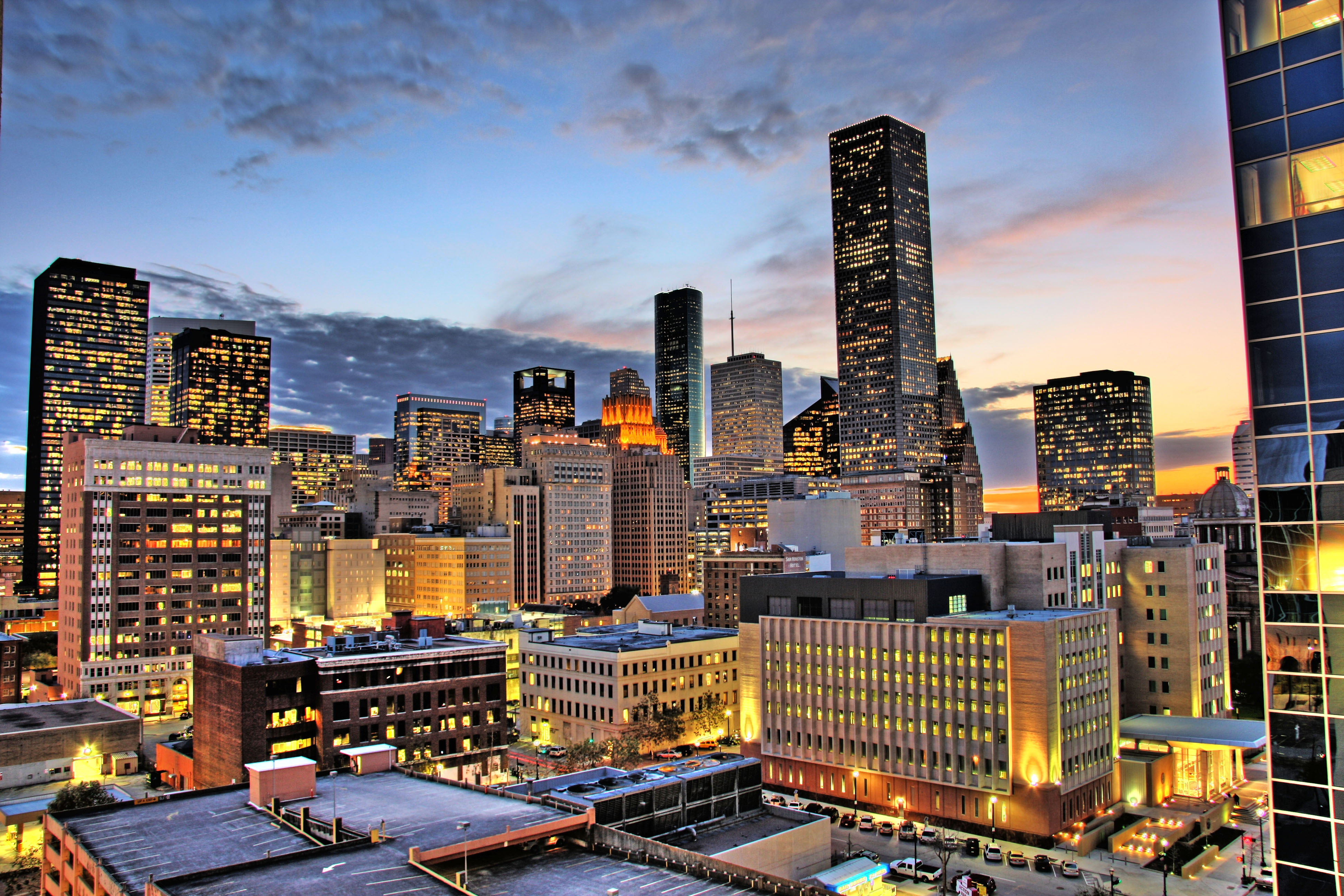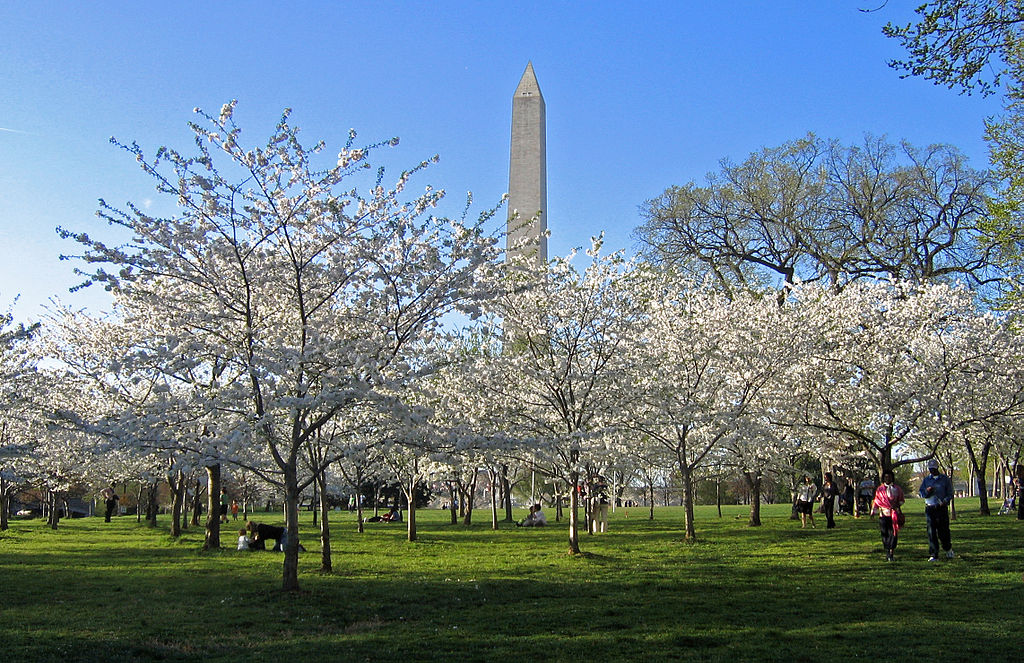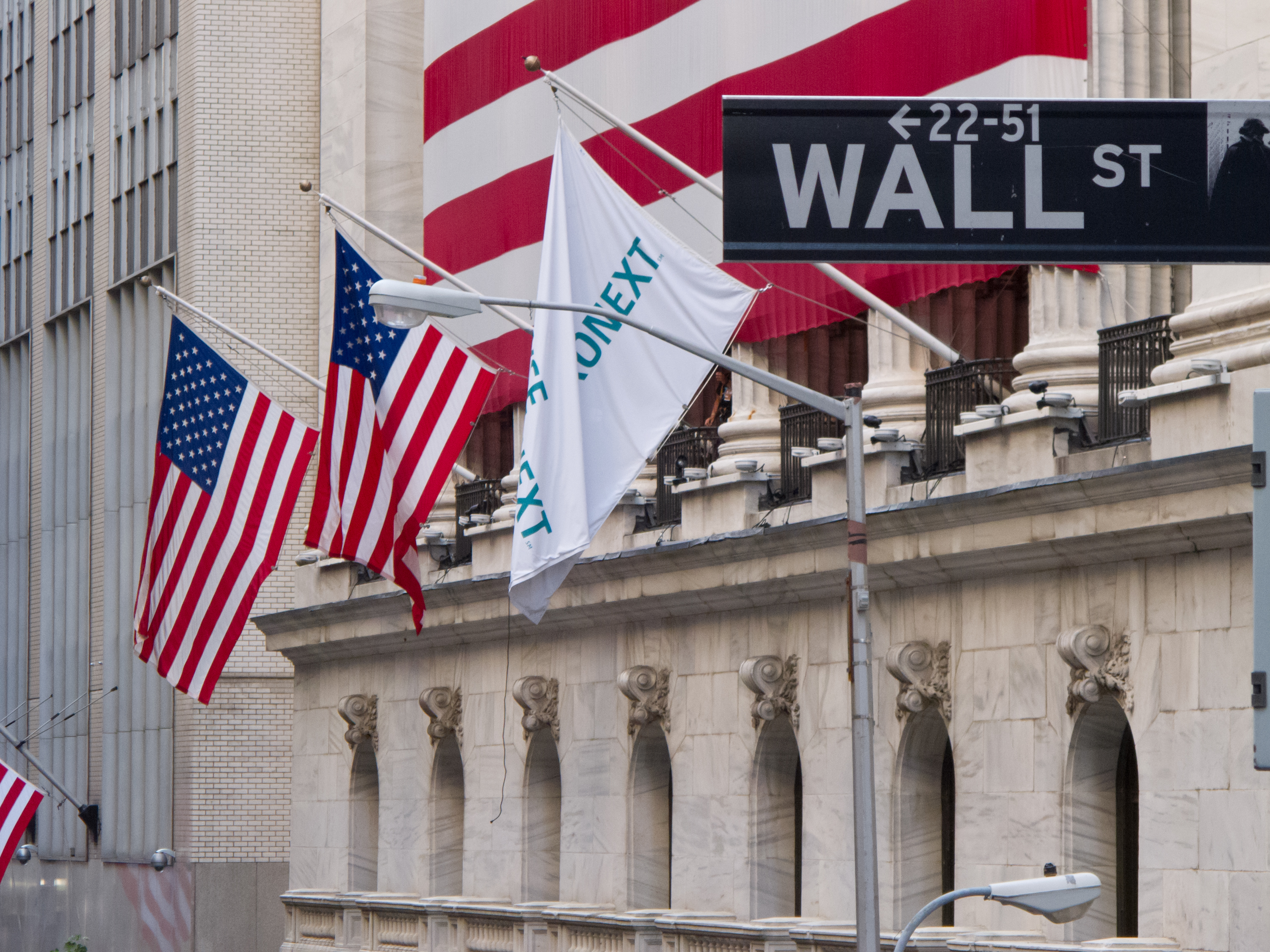Recently, Houston Exponential announced plans to create a venture capital Fund of Funds (VC FOF) to support the local entrepreneurship ecosystem. This strategy has been used by other cities and regions, such as Michigan and Cincinnati, to spur local startup growth. Private firms also offer VC Fund of Funds. What does this type of fund look like, and how has it played out in other locations?
The Basics
FOFs are funds that invest in multiple smaller funds. The increased diversification that they offer investors makes them attractive. However, there is a risk of overlap with FOFs; the many funds that make up the FOF may invest in the same entities. FOFs also may carry additional fees over a traditional fund because the the investor also has to pay the fees for the funds that constitute the larger FOF.
A VC FOF specifically invests in multiple venture capital funds. These venture capital funds then invest in local startups, entrepreneurs, and small businesses investment. FOFs diversify investors’ portfolios by ensuring investment in a wide variety of companies. Many venture capital funds make up VC FOFs, so their success depends on what investments the constituent VC funds make. In the private sector, the advertised appeal of VC FOFs is diversification, early liquidity, and enhanced fund returns.
FOFs can also exist through firms that typically invest in mature companies and buy all of each company’s equity, known as “Buyout FOFs.” The Chicago Booth Review claims that VC FOFs offer more diversification than Buyout FOFs, with an average of 7 more individual funds in each VC FOF. The research also indicates that VC FOFs are “more likely, through fund selection and/or access, to overcome their additional layer of fees” than buyout FOFs. This suggests that VC FOFs may bring investors higher value than buyout FOFs.
Impact on Cities
The trend towards creating VC FOFs to boost local innovation began about a decade ago. In 2008, Michigan created the Renaissance Venture Capital Fund. The premise behind the fund was simple: “Venture capital is important for economic growth and [Michigan is] underserved in the amount of venture capital available to fund exciting new ideas and technologies.” By investing specifically in VC funds that are active in Michigan, the Renaissance VC Fund provides the necessary capital for Michigan startups to grow and thrive.
Currently, the fund claims to receive a 21:1 return on every dollar they invest. With this success, they have grown; the fund has offices in both Ann Arbor and Detroit. Figure 1 shows the spike in investment and deals following the introduction of the Renaissance Fund. However, investment and deals seemed to have tapered off in recent years. Nonetheless, the new plateau does seem to be slightly higher than the average values before the fund was introduced.

In 2012, Cincinnati created a fund modeled on Michigan’s Renaissance Fund. Cincinnati-based corporations, like Kroger and Proctor & Gamble, created the Cintrifuse Early Stage Capital Fund I, LLC, which exclusively makes seed and early-stage investments in local startups.
According to Cintrifuse, the fund has resulted in a net increase of $24 million in value to the city. Figure 2 shows the spike in deals in both 2012 and 2014. Investment also peaked in 2014, relatively soon after the fund’s introduction. Nonetheless, the introduction of this program seemed to have no noticeable impact on Cincinnati’s overall GDP in 2012 and afterwards. The number of deals and amount invested have also declined substantially since 2014.

What Will This Mean for Houston?
VC Fund of Funds seem to carry benefits for both investors and local VC/startup culture. However, no plan to boost growth is a guaranteed success. Michigan and Cincinnati have demonstrated that it is difficult to maintain momentum with these funds. These cities’ experiences teach us that the fund needs to place a sustained emphasis on providing capital to the local region. McNair Center research indicates there are about 50 VC firms in Houston. This means that there are firms for which the FOF can provide capital. These VC firms can then disburse funds to local businesses.
On the other side of the equation, Houston will need local entrepreneurs and startups in which VC can invest. According to McNair Center research, there are approximately 20 startups active within the 610 loop. However, looking outside the loop to the greater Houston area, there is an abundance of startups. Nonetheless, the industries in which these startups focus may not be as desirable for investors as others. Houston’s startups do not tend to focus on one specific industry, although medicine and energy are popular. Since tech is one of the most desirable fields for investment right now, Houston’s tech startup scene may need to develop further if a VC FOF is to succeed.
Both sides of this equation need to be present in order for VC FOF to successfully boost the city’s innovation scene. If this is the case, there is hope that a VC FOF could provide a welcome boost to Houston’s ecosystem.






